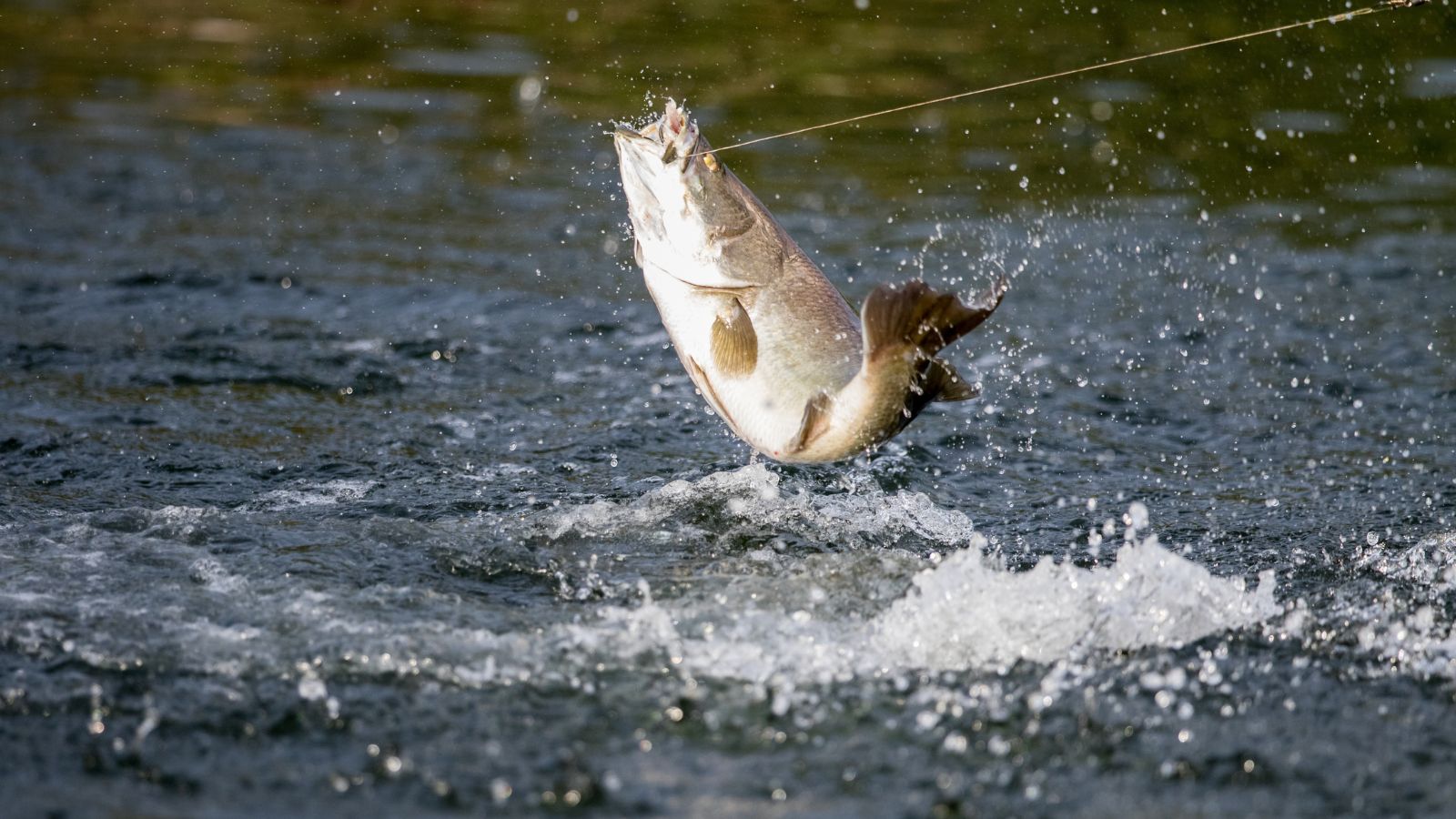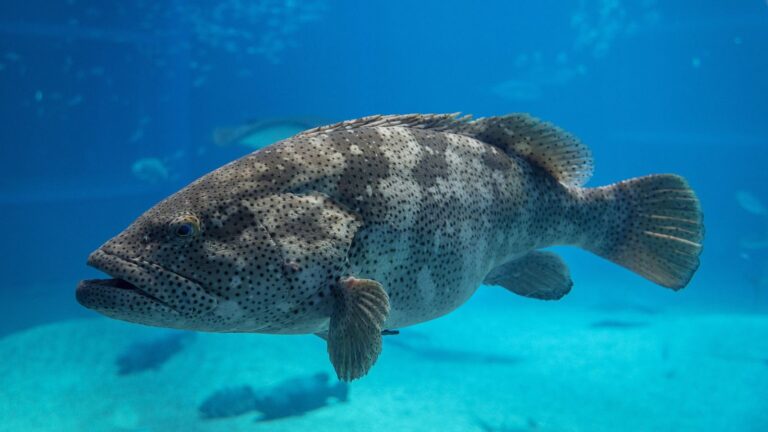Choosing between the wide variety of fish and seafood available at fishmongers, restaurants, and supermarkets can be overwhelming, but being mindful of your choices is crucial. Opting for sustainable species helps ensure that fish populations remain healthy and that their natural habitats and migration patterns are preserved. To guide your choices, here is a list of the 17 most and least sustainable fish to eat.
Farmed Arctic Char

Arctic char is often farmed in land-based, closed systems that minimize environmental impact, making it a sustainable seafood choice. It is a great source of omega-3 fatty acids and is best served grilled or broiled, pairing well with a variety of flavors and seasonings.
U.S. Gulf Shrimp

While other shrimp fishing practices are harmful to population levels, shrimp from the U.S. Gulf are harvested under strict regulations that help sustain numbers and protect habitats. Shrimp are a staple in southern U.S. cuisine, including in dishes such as gumbo and jambalaya. They are low in fat and high in protein, making them a healthy choice.
European Hake

Thanks to recovery plans and strict regulations surrounding the fishing practices of hake, the species is now a much more sustainable fish choice. This lean, white fish is often compared to cod and offers a low-fat protein that is commonly used in European dishes.
Farmed Rainbow Trout

Rich in omega-3 fatty acids, rainbow trout is beneficial for heart and brain health. It’s also a versatile fish that can be baked, grilled, or pan-fried. The Marine Conservation Society says, “Rainbow trout sustainability varies. The best choice is trout farmed in freshwater ponds and raceways.”
Black Cod

Due to strict quotas and fishing regulations, black cod is now a sustainably managed species in North America, which has managed to maintain healthy stock levels. This premium fish is often found in fine dining restaurants, as it is ideal for both smoking and baking and has a rich, buttery flavor.
Atlantic Herring

Rich in omega-3 fatty acids and vitamin D, this is a healthy choice that, thanks to effective management, is a sustainable seafood choice. Populations of the Atlantic herring are thriving, and the species is featured a lot in European cuisines, where people commonly smoke or pickle the fish.
Farmed Yellowtail Kingfish

Farmed in closed systems, yellowtail kingfish is a sustainable seafood choice as it can be effectively managed without reducing the number of wild stock. It is known for its rich, oily texture, making it a great choice for sushi, grilling, and baked dishes. It is also a great source of protein and omega-3 fatty acids.
Farmed Blue Mussels

The farming of blue mussels has minimal impact on the environment, and the model of aquaculture used is considered to be sustainable. Typically steamed, mussels can be enjoyed in a broth, with pasta, or on their own, and provide consumers with high levels of zinc, iron, and B vitamins.
Orange Roughy

This species has a very slow reproductive rate, and a history of overfishing means it has an unsustainable population. These amazing fish can live up to 150 years, and each one takes around 30 years to reach sexual recovery, making population recovery a very tricky and drawn-out process.
Grouper

There are a variety of grouper species, all of which are unsustainable choices due to the fact that they have been overfished in many parts of the world, especially in the Caribbean and Southeast Asia. They have a slow growth rate, and the fact that they swim in large numbers to spawn means overfishing is common.
Atlantic Bluefin Tuna

One of the most overfished species, Atlantic bluefin tuna is not a sustainable choice due to its high demand for sushi and sashimi. They have a slow growth rate and they are also inefficient to farm, so the species is hard to manage. Earth.org recommends that “sustainable replacements to bluefin tuna include yellowfin tuna caught with handlines in Indonesia and the Philippines.”
European Eel

Once common, the European eel is now critically endangered due to overfishing and habitat loss, causing a significant decline in numbers. The eels’ breeding and migration habits have also been affected by pollution and changes in the climate, so it’s important to avoid eating this species.
Alaskan Pollock

According to NOAA Fisheries, “U.S. wild-caught Alaska pollock is a smart seafood choice because it is sustainably managed and responsibly harvested under U.S. regulations.” Pollock is a low-fat, high-protein fish that is commonly used in products like fish sticks and surimi.
Wild-Caught Alaskan Salmon

Alaskan salmon is wild-caught and sustainably managed in order to maintain population levels, making it a sustainable choice. It is renowned for its high content of omega-3 fatty acids and can be smoked, baked, or grilled, making it a popular and versatile choice in a healthy diet.
Responsibly Farmed Tilapia

If you come across responsibly farmed tilapia from a well-managed system, you can feel comfortable in the knowledge that you are choosing a sustainable seafood option. It has a mild taste and firm texture, which make it suitable for frying, baking, and grilling. It’s also a healthy choice, as it’s high in protein and rich in various minerals and vitamins.
Farmed Barramundi

Barramundi that is farmed in recirculating aquaculture systems is considered to be a sustainable choice of fish. The Better Fish says, “Barramundi proves to not only offer a desirable taste and culinary properties, [but] it’s packed with heart-healthy omega-3s and is a hardy species that lends itself to sustainable farming.”
Chilean Sea Bass

This fish is extremely popular due to its buttery texture, but overfishing has led to significant concerns about its sustainability. Strict regulations on fishing activities and a premium sale price led to an increase in illegal fishing of the species, according to Seafood Selector.

